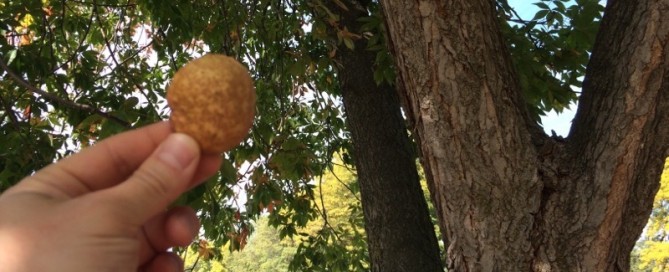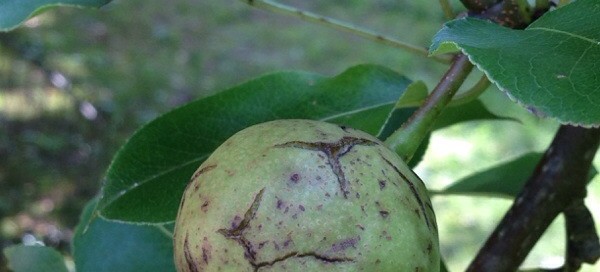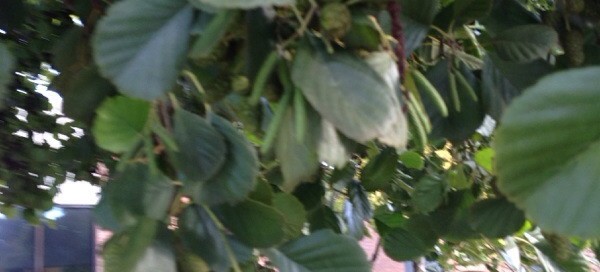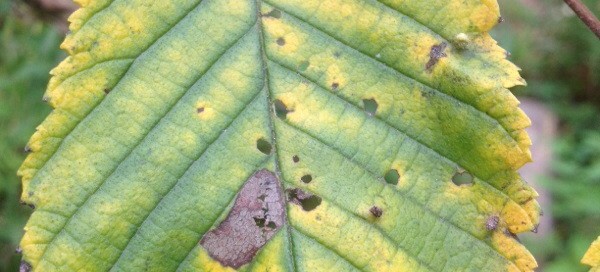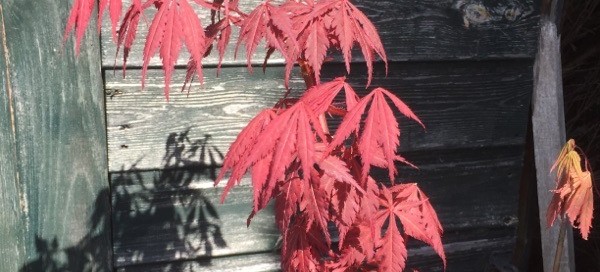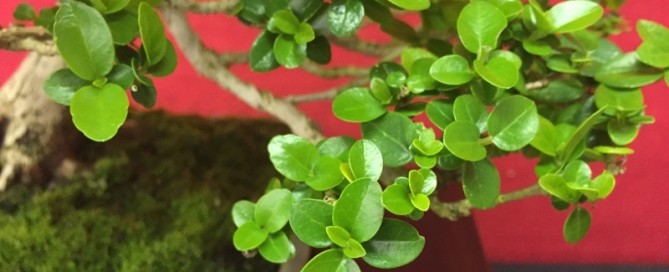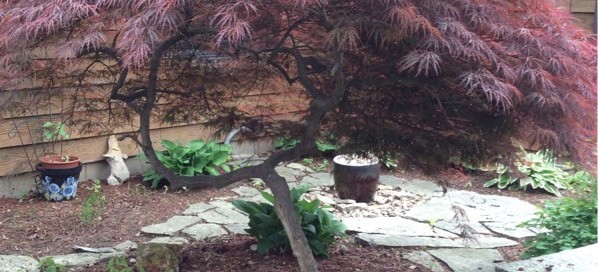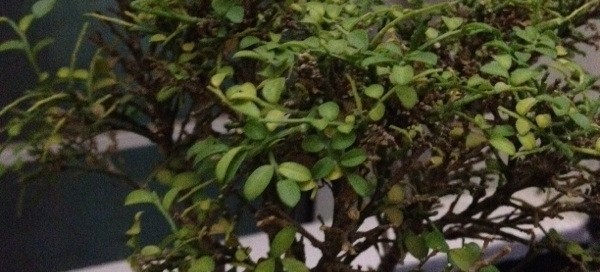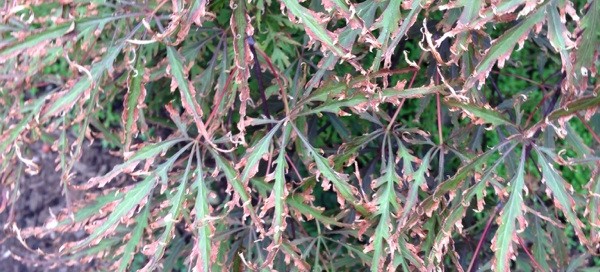Buckeye
We think this is one of the buckeyes. ~15 species of deciduous trees or shrubs native to Southeast Europe, Asia and North America with showy spring flowers and large nut-like fruit. Flower color would help determine which species. They are hardy from Zone 4-7.
Buckeyes are often small trees, with a spread nearly equal to their height. Ohio and yellow buckeyes are some of the larger species in this family, with heights of 50 feet or more. What makes buckeyes especially unique is their early spring flowers, which bloom as early as many woodland wildflowers. As well as greening up early, buckeyes also lose their leaves before most other trees in the fall. The wood of the buckeyes is pale and light, and it is sometimes used for paper, crate, and novelty item production. There are seven species of buckeye native to the United States, mostly found in the eastern half of the country.
The tannins in the plant make the fruit and leaves toxic to people and cattle, however native Americans processed them by boiling. Squirrels are ok with them.
